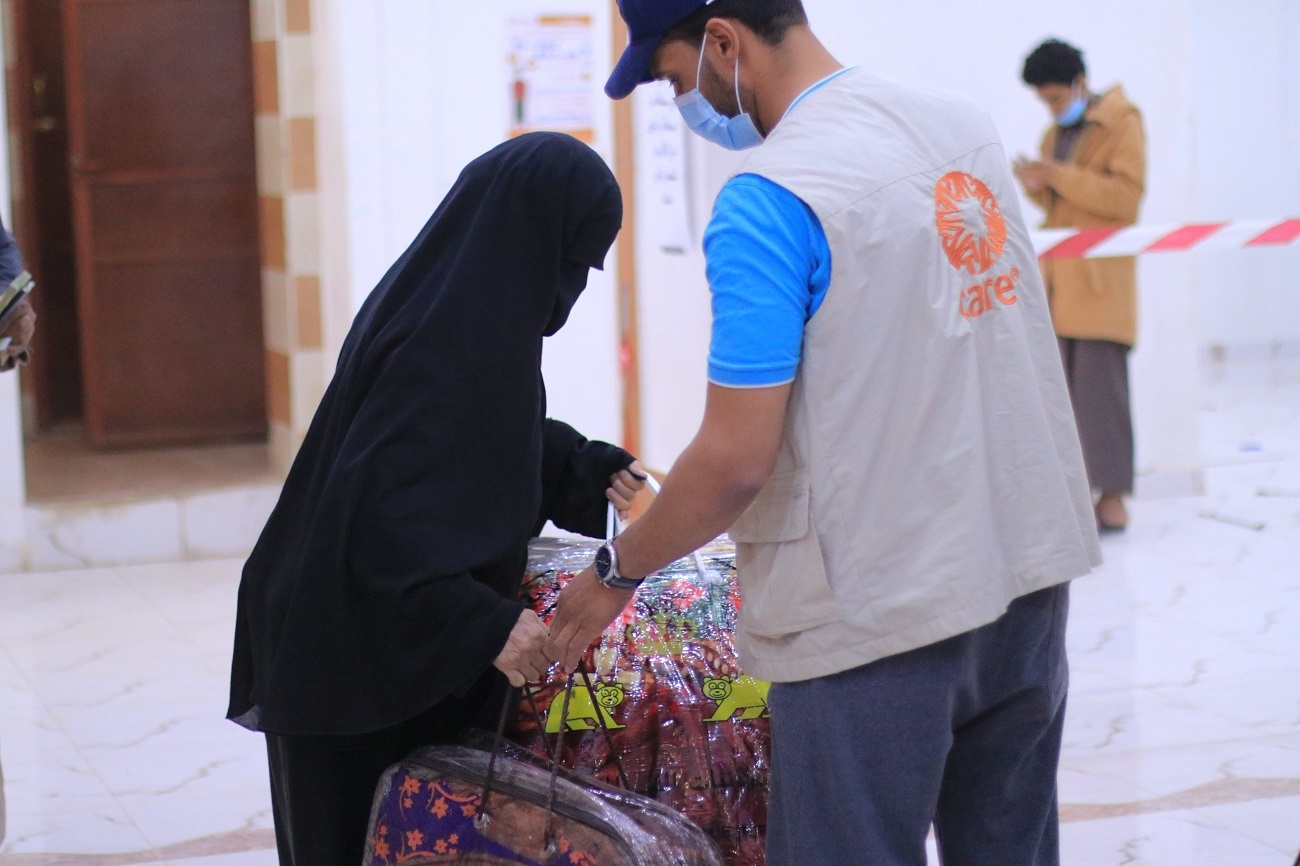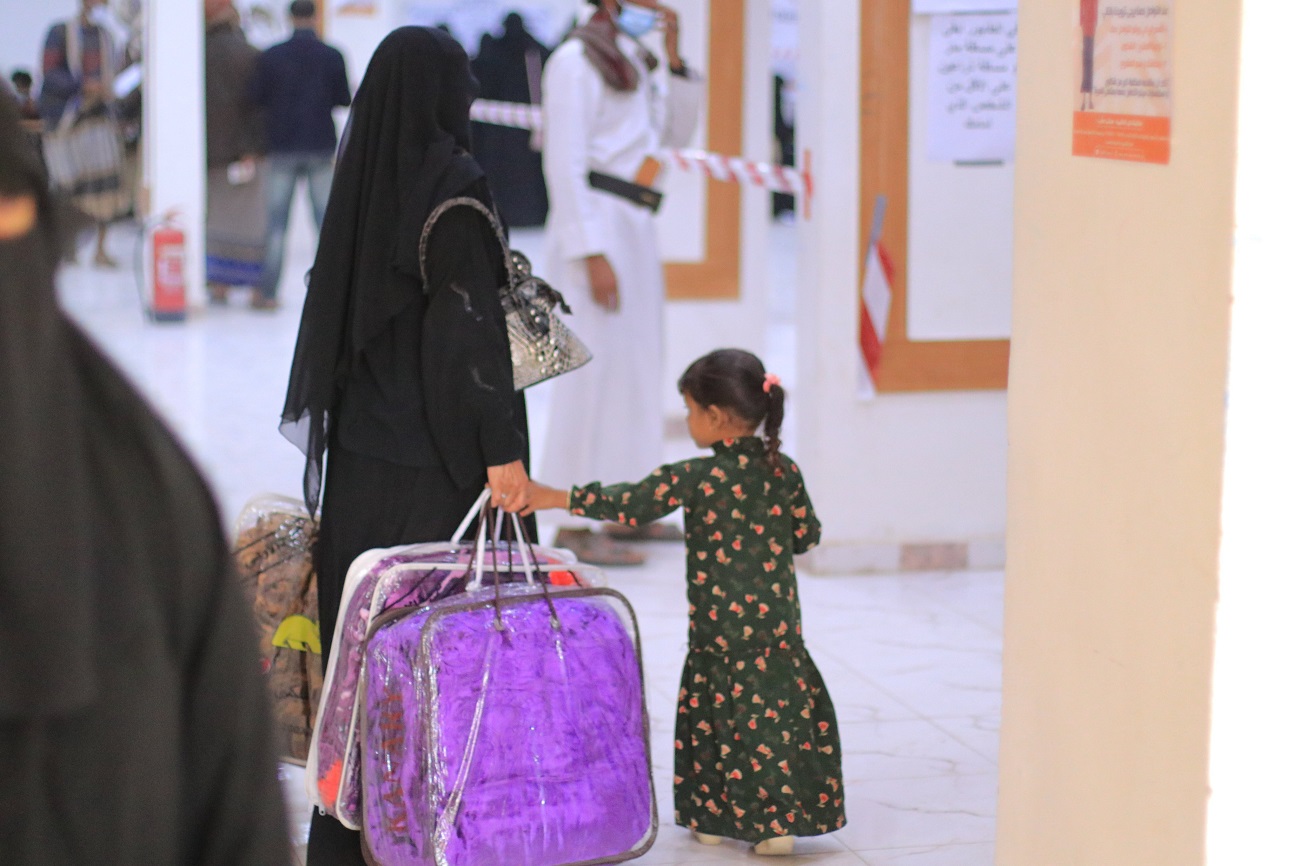Marib Governorate, in northeastern Yemen, is one of the governorates with the highest numbers of displaced persons in the country, hosting some of the largest displacement sites and urban displaced populations. The governorate is home to nearly three million people, including an estimated one million displaced people. According to the International Organization for Migration (IOM), about 2,529 families were displaced in Marib in 2022. Internally displaced people (IDPs) living in 192 displacement sites in Marib often struggle to access services, including water, electricity, healthcare, sanitation, and livelihoods.
Adding to the various hardships of living through displacement, displaced families in Marib are forced to face harsh weather conditions with inadequate shelters and limited resources. More than half of Marib’s area is a desert, with a dry subtropical climate. The hot summer weather (temperatures exceeding 50 Celsius) often triggers heavy rainfall and flash floods. And in winter, the weather gets much colder and harsher, with temperatures dropping to 10 Celsius or lower in some areas. This can be challenging for those living in makeshift shelters and tents with no warm clothes or coverings.
Yemen remains vulnerable to shocks, including the potential resurgence of hostilities, climate-induced weather events, and disease outbreaks. In 2022, Yemen experienced two successive extreme weather events, swinging from severe drought conditions to heavy rainfall and flooding. From July to September 2022, the country was hit by heavy downpours, with nearly 300 percent above-average rainfall. These made the second half of the season the wettest in almost 40 years and caused floods and flash floods that impacted approximately 80 percent of the country, leaving 74,000 households in need. This included 50,000 households in the Marib, Hajjah, and Al Hodeidah governorates alone, most of which were in displacement sites.
Salma* is one of over one million IDPs who sought refuge in Marib’s displacement sites. She gets up early every morning to herd the few sheep she managed to take before she fled the fighting in her hometown. Tragically, Salma’s husband and son were killed in the fighting seven years ago, and she became the family’s sole protector and provider. She lives with her seven children and her mother-in-law in a humble makeshift shelter.
Last summer, flash floods hit nearly 190 displacement sites housing over 12,000 IDP families in Marib. Like other tents in her camp, Salma’s makeshift tent was affected by the flooding. As the winter approached, Salma and other displaced households had to face the harsh weather conditions association with the desert, with no proper shelter or clothing. “I only had one blanket which I used as a mattress and as a blanket for cover for all my children. I used to spread the blanket on the ground, put my children in parallel on one side of the blanket, and then fold it over to cover them with the remaining to keep them warm during the night,” says Salma.


